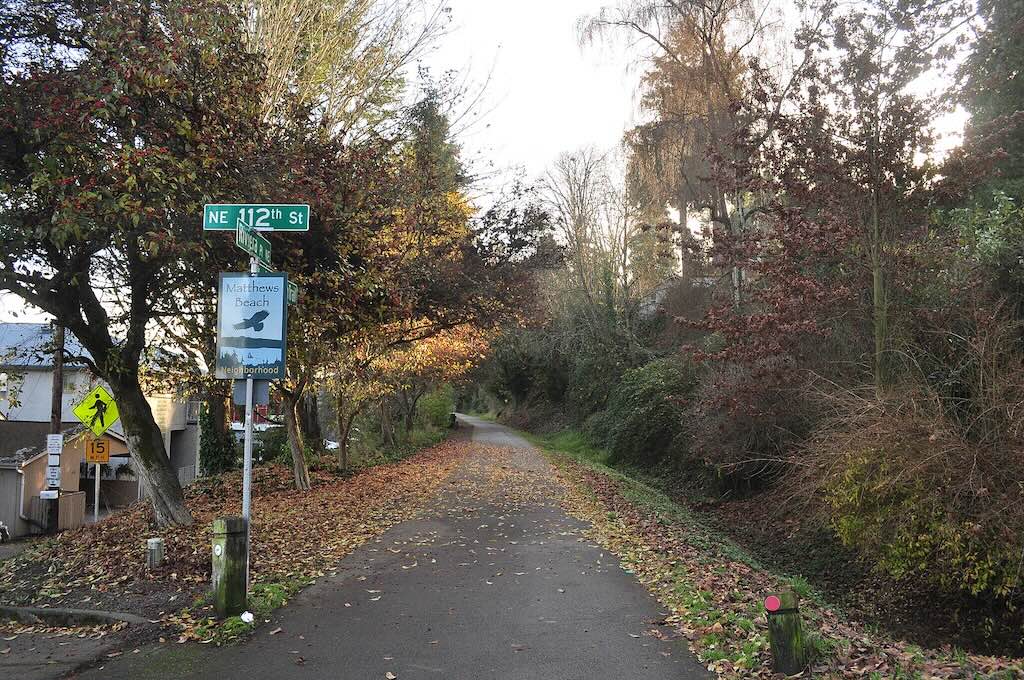Autumn Gear Guide
Find inspiration in our Gear Guide that will keep you out on your bike through wind or rain.
Download NowWashington State is set to invest in a network of “cycle highways” that will offer safer, faster, and more efficient biking routes across the state. While the U.S. is traditionally car-centric, the concept of cycle highways—dedicated, high-quality bike routes designed for long-distance travel—is gaining momentum, and Washington is one bike-friendly state that could lead the […]
Washington State is set to invest in a network of “cycle highways” that will offer safer, faster, and more efficient biking routes across the state. While the U.S. is traditionally car-centric, the concept of cycle highways—dedicated, high-quality bike routes designed for long-distance travel—is gaining momentum, and Washington is one bike-friendly state that could lead the way.
A network of bike routes could function much like highways, connecting cities and regions with safe, fast, and reliable paths for cyclists to travel or commute into the city for work. Washington already has more than 1,600 miles of shared-use paths, but many of these trails are disconnected, leaving cyclists with inconvenient gaps in their routes. The state’s new cycle highways plan aims to connect these trails, creating a seamless and safe biking network across Washington.
With an increasing number of people choosing biking as a mode of transportation, the need for interconnected bike routes has never been greater. Cycle highways would provide cyclists with safe and continuous travel routes, especially for long-distance commuters.
There are other examples of bicycle highways in North America, such as the Express Bike Network (EBN) in Montreal, which is a 191-kilometer bike lane project that connects different points of interest in Canada’s second largest city.
There is also an initiative in California to explore two bike highway pilot projects.
And, of course, the Washington plan takes inspiration from other bicycle-friendly meccas such as Copenhagen and Amsterdam.
To make the cycle highways a reality, Washington’s Legislature is allocating millions of dollars for bike trail development. The state’s transportation budget includes $46.5 million over the next two years to fund key bike trail projects, with an additional $100 million earmarked for similar initiatives through 2031. These funds will help close gaps between existing trails and improve connections between major routes like the Burke-Gilman Trail, Palouse to Cascades Trail, and Spokane’s Centennial Trail.

The Burke-Gilman rail trail in Washington
This investment is seen as an essential step toward creating a more bike-friendly state. The cycle highways program is part of a broader effort to make biking a safer and more viable option for everyone, reducing dependence on cars and providing more sustainable transportation choices.
One of the main challenges facing Washington’s current bike infrastructure is the lack of connections between existing trails. Many of the state’s best bike routes, such as the Burke-Gilman and Centennial Trails, are isolated, making it difficult for cyclists to travel long distances without encountering unsafe or disconnected stretches of road.
The cycle highways program will address these gaps by prioritizing key connections between trails, allowing for continuous bike travel across the state. The funding allocated in the state transportation budget will help complete these critical connections, making bike travel more efficient and accessible for everyone.
The state is developing a detailed plan to bring the cycle highways to life. This plan will outline the necessary steps to connect existing trails, create new bike routes, and ensure that the network meets the needs of cyclists. The focus will be on building a system that is not only functional but also safe, ensuring that bike highways are separated from car traffic and designed to handle high volumes of cyclists.
“This is fundamentally about safety,” said Sen. Marko Liias, D-Edmonds, in an article for the Seattle Times. “We need bike lanes and complete streets, but the grade-separated trail facilities are the gold standard of safety.”
As part of the planning process, the state is also collecting public feedback on the cycle highways concept to ensure that the final system aligns with the needs and preferences of cyclists across Washington. Once the plan is finalized, it will provide a roadmap for creating a comprehensive and connected network of cycle highways that spans the entire state.
In addition to the state’s cycle highways initiative, there is also a push to develop regional “super trails” that connect local bike routes to the broader network. For example, the Leafline Trail network in the Puget Sound region already covers 450 miles and is expected to grow to 900 miles. This trail network connects communities, transit stations, and major destinations, making it a model for what a connected, statewide system could look like.
The success of regional networks like Leafline shows how effective bike infrastructure can be when it is carefully planned and connected.
With strong legislative backing and growing public interest in cycling, Washington is well on its way to creating a network of cycle highways that will make biking a more accessible and attractive option for residents. The state’s investment in bike infrastructure is not only about improving safety and connectivity but also about promoting sustainable transportation options and reducing reliance on cars.
According to the League of American Bicyclists, Washington is the most bicycle-friendly U.S. state.
Find inspiration in our Gear Guide that will keep you out on your bike through wind or rain.
Download Now
Leave a comment